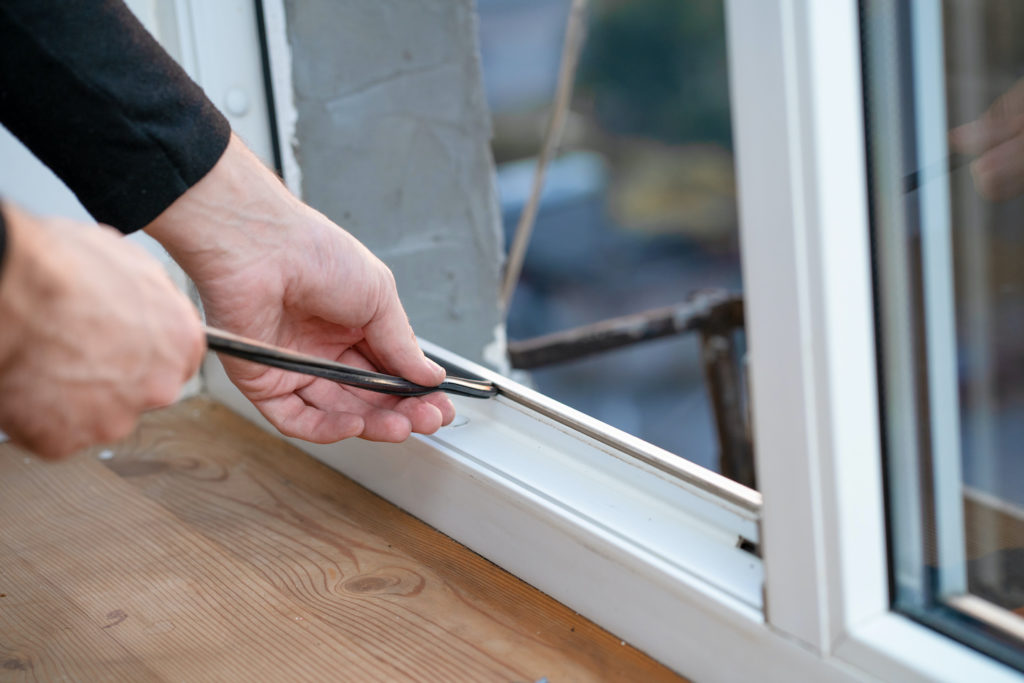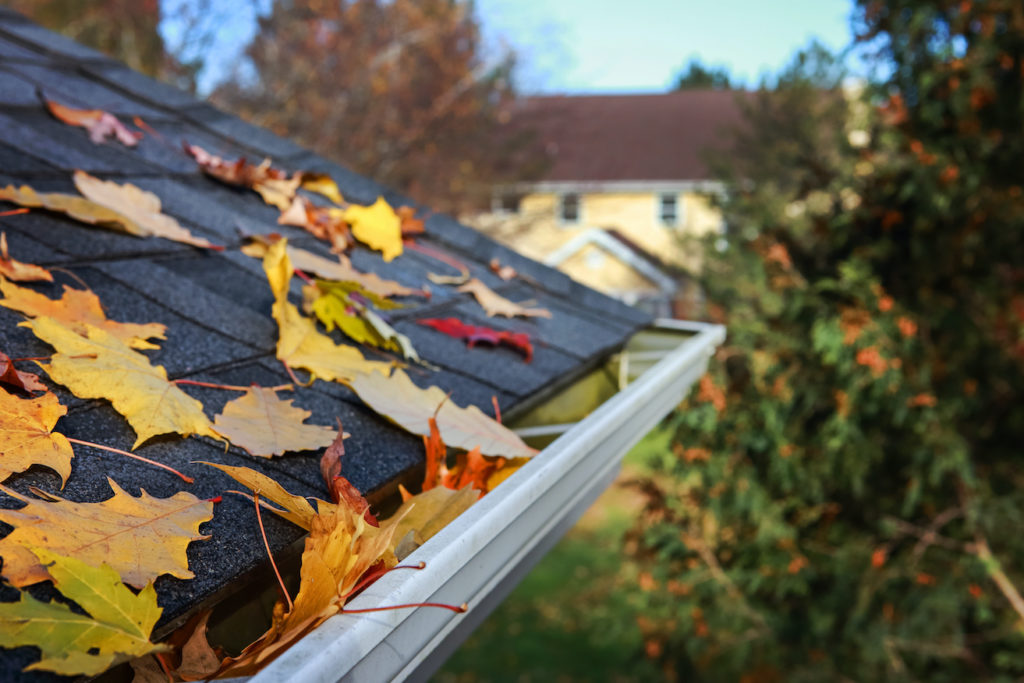Maintaining and caring for your home can feel intimidating at times, especially if you are a new homeowner or exploring first-time home ownership.
Owning a new home under warranty is a definite perk that takes some of that stress away, but it is important to understand that neglecting the maintenance of your home can void your warranty or impact the level of coverage.
Regardless of your home being warranted or not, learning to inspect and protect your investment will help keep your house in optimal condition, while potentially sparing you from costly repairs and grief.
Fall, also known as Autumn, is one of the four temperate seasons. It marks the transition from summer to winter, and is the season when the duration of daylight becomes noticeably shorter and the temperature cools considerably. Before you have fewer hours of daylight to tackle projects, align your schedule to work through our checklist and prepare your home for the cooler days ahead.
Whether time allows you to tackle everything at once, or chip away at items when you have a chance, it’s important to follow a regular home maintenance routine.
Download our printable Fall Home Maintenance Checklist as a PDF.
Read on for the full details of our Fall Home Maintenance Checklist, to ensure your home is in top-notch shape from the inside, out.
INTERIOR FALL HOME MAINTENANCE
Here are the important home maintenance tasks for the interior of your home.
1. Service Furnace/Heating System
Have your furnace or boiler serviced by a qualified technician. Replace any air filters that may need changing, and open heat ducts so that dust and dirt can be vacuumed out.
2. Flush Hot Water Tank
If you didn’t do it in the Spring, take the time to flush out your hot water tank to remove any sediment. After consulting your hot water tank owners’ manual, carefully test the temperature and pressure relief valve. Review the timetable and instructions for draining several gallons of water from the bottom of the water heater. This can reduce build-up of mineral deposits, prolong the tank’s life, and save energy dollars.
3. Vacuum Baseboard Heaters
It’s never fun when your home’s heating system malfunctions, especially in the middle of a cold season. Baseboard heaters can become clogged with dirt, dust, debris, pet dander and hair. Clean them at least twice a year to keep them working safely and efficiently. If left unmaintained, soot and smoke emissions could develop as the heating element begins to burn the dust, dirt, and debris, creating a smelly and hazardous environment.
To clean, shut the heater off, wait for it to cool down, and clean it extensively beginning with a vacuum and wiping down the heater cover before replacing it.
4. Clean & Test Fireplace

Gas fireplaces have several benefits: they are easy to control, efficient at heating, and clean-burning. Once in a while, issues with breakers, probes, pilot lights or valves can arise and will need to be addressed.
Begin by cleaning the inside of the glass with a fireplace-specific glass cleaner. Using the wrong cleaning product can cause the glass to permanently discolour. Vacuum the area for debris, and put the parts back into place. Turn on the pilot light and test the function of the fireplace. Your fireplace should be serviced annually.
5. Clean Bathroom Fans
Bathroom fans help rid the air of odor moisture, and can benefit from a good cleaning at least a couple times a year. Disconnect the power to your fan by turning off the breaker. Remove the cover of your fan by squeezing the metal prongs/wires. Vacuum the dust out with a bristle attachment, and soak the cover in a gentle solution of warm water and dish soap. Give the fan a good scrub with a cloth or brush and allow it to air dry completely before reinstalling.
6. Test Devices
Check all of your smoke/carbon monoxide detectors and security alarms. Make sure to test each unit in your home individually. If one is working, it does not mean they all are. Be sure to replace batteries as required. These devices should be checked at least twice a year.
7. Ensure Windows Close Properly

Over time, dirt and debris can build up in the window track and frame, making it difficult to open. Open your windows all the way and check for ease of opening. If you find your window is stuck or tight, start by giving it a good clean. Spray a silicone-based lubricant on the hinge while opening and closing the window to ensure it’s thoroughly coated.
EXTERIOR FALL HOME MAINTENANCE
Here are the important home maintenance tasks for the exterior of your home:
1. Repair or Replace Weather-Stripping

Weather stripping is intended to stop external moisture and/or rain from penetrating through openings and into a home by rerouting the water. The goal is to contain interior air for comfort, and to save energy on air conditioning and heating. By replacing worn or damaged weather stripping around exterior doors you will save money on your energy bills, and save your home from its worst enemy: water intrusion.
2. Cover & Power Off Outside A/C Unit
Covering your A/C unit will prevent it from being damaged by debris. Ice and snow buildup can also cause damage to your system over time.
3. Inspect Ground Slope
Ensure that the ground surrounding your home slopes away from your house to be certain water does not drain into your basement.
4. Clean Eavestroughs and Roof

Check all of your eavestroughs, gutters and downspouts for loose joints, and secure them. Clear any obstructions and ensure water flows away from your home. Gutters should be checked for obstructions at least twice a year after periods of freezing and thawing or heavy windstorms. Do not allow the leaves and debris to clog the down pipes of your home.
5. Disconnect, Drain and Store Outdoor Hoses.
Close the interior valve to the hose bib and drain the hose bib. Frost free hose bibs do not require drainage, but the hose must still be disconnected. Turn off all outdoor water spigots. If they are self draining spigots, make certain that the garden hoses have been removed. Failure to do so will cause the water within the valve to freeze, splitting the material and potentially causing a water leak come spring when the water spigot is used again.
New Home Warranty
According to the Homeowner Protection Act and regulations, “new homes built in B.C. by licensed residential builders must be covered by mandatory, third-party home warranty insurance.”
If you own a home with home warranty insurance, you could limit your coverage due to negligent or improper maintenance of your home.
In British Columbia, home warranty insurance on new homes includes a minimum of 2 years on labour and materials (some limits apply), 5 years on the building envelope, including water penetration, and 10 years on structure.
Homeowners will find the BC Housing Residential Construction Performance Guide an extremely valuable resource when trying to determine whether or not a concern they have with their new home might be covered by their warranty insurance.
Understanding this distinction will help homeowners gain a more realistic expectation about the performance of their new home and help them self-evaluate possible defects.
By establishing good maintenance practices, protecting your investment will become much more manageable. We hope that this Fall Home Maintenance Checklist helps you familiarize yourself with your home while creating a consistent maintenance routine.
Note: If any of our tips go beyond your skill level or lead to more involved repairs, we strongly advise you to hire a professional to help.
Follow Miracon on social media to get more tips like these.